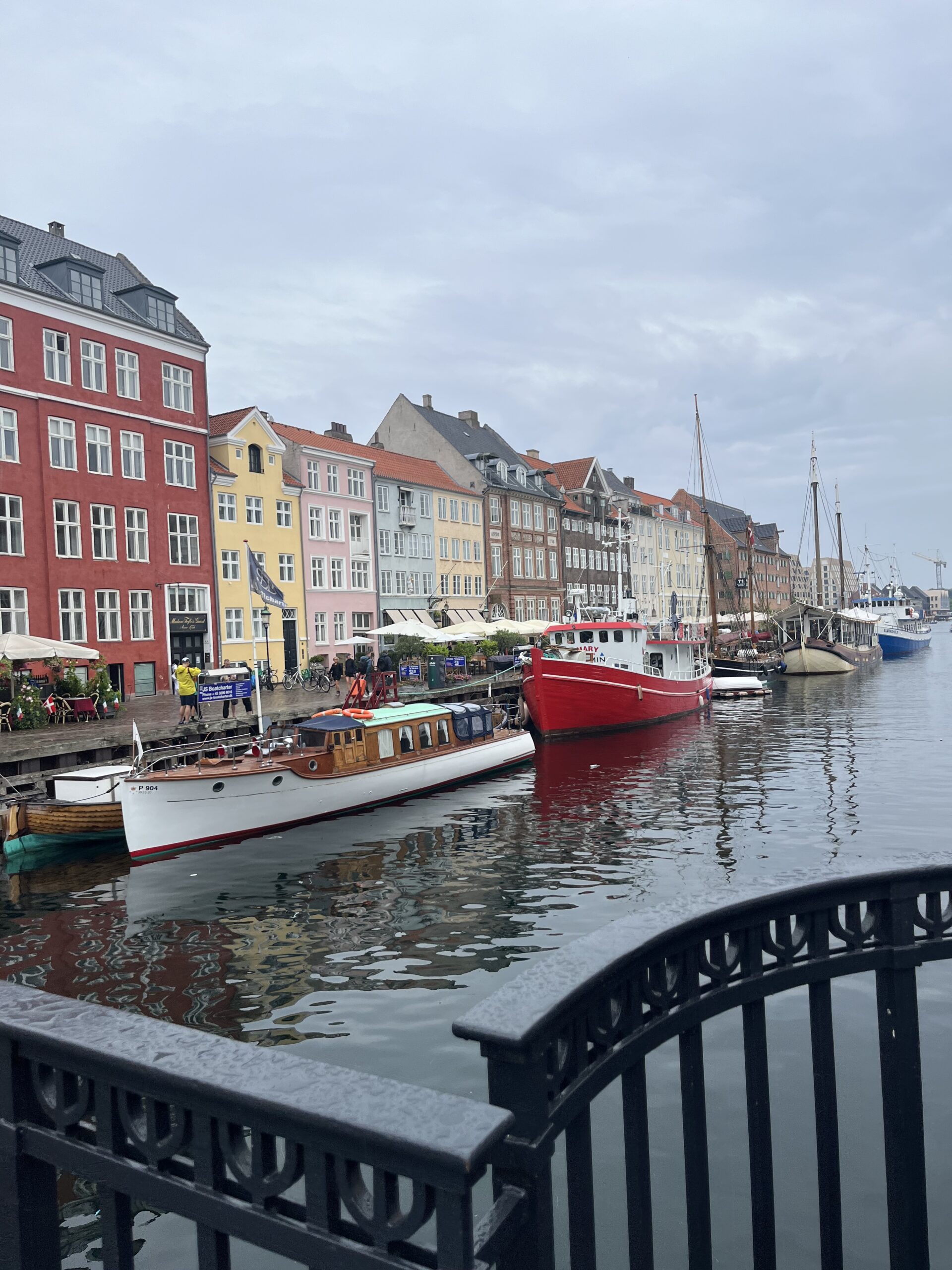
My first impression of Copenhagen was the iconic colorful buildings of the Nyhavn Harbor and the countless rows of bikes that commonly adorn postcards. Within a week of arriving, I used my affiliate school’s student discount to rent a bike for the semester and immediately integrated myself into traffic (after many failed left turns).
On an urban development study tour, I was amazed by the Children’s Traffic Playground in Fælledparken, a park directly in the city. Here, kids are trained on miniature streets to learn to cycle independently by eight years old.
Cycling here has quickly become more than just another form of transportation – it’s evolved into a gateway for me to explore each of the city’s distinct neighborhoods like Norrebro, Christianshavn and Vesterbro.

With this newfound freedom, I signed up to volunteer for Grønt Marked, the local farmers’ market. At the market, I met produce sellers, experienced an iconic Danish cheese sampling and ordered a delicious elderflower jelly crêpe while learning about how people forage elderflowers in the local area.
Danes generally consider themselves quite straightforward, so it can be a little challenging to start conversations with strangers. However, I’ve found this cultural change endearing in certain instances since Danes passionately express their interests once they start talking.
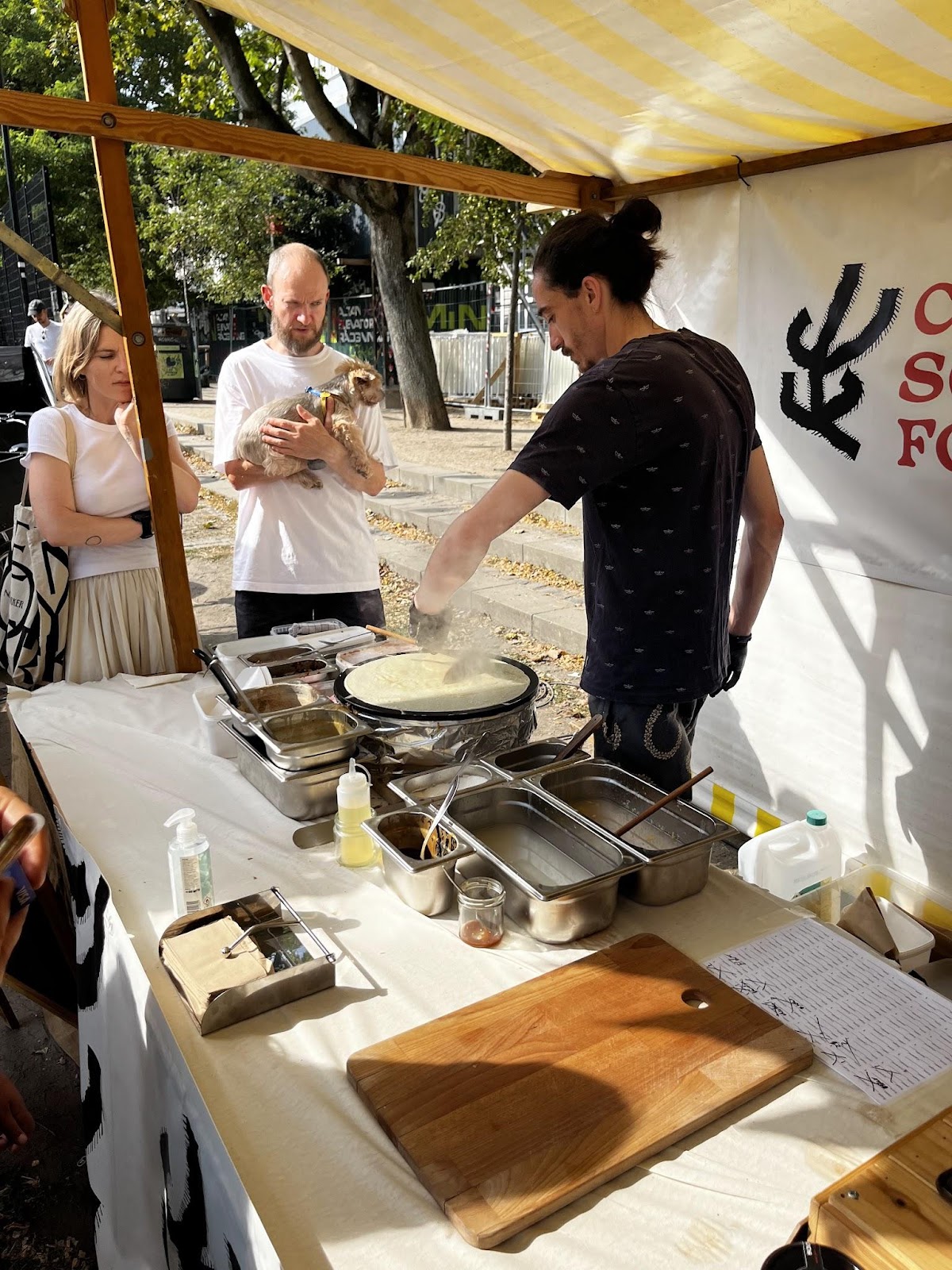
I worked alongside the volunteer team for two or more hours to dismantle all the stalls, which was much more of a workout than I’d anticipated. Nevertheless, after everything was finally packed away and we all received fresh produce as a symbol of the vendors’ gratitude, I left feeling like I truly belonged in Copenhagen.
I met up with friends afterward, and we biked 25 minutes to La Banchina, a renowned local swim spot and restaurant. Together, we plunged off a nearby jumping point into the harbor, which is something of a Copenhagen tradition since locals jump into the harbor at all times of the year.
I’ve mentally committed to joining in this tradition all semester, but it will be an adjustment in the winter. (Wish me luck!) My friends and I finished our evening at the largest street food market in northern Europe: Reffen, which had so many varieties of food and was worth the visit because of its lively atmosphere and view of the skyline.

Speaking of food, I must mention the charming Danish celebration of eating kagekone/ kagemand (cake man/ cake woman) on birthdays. Out of my cohort of about 35 students from the University of Texas at Austin, two of my classmates had September birthdays. Our resident program assistants surprised them with pastries from the Danish bakery, Lagkagehuset, shaped like humans.
Yes, that’s right – hair and all. These miniature people-shaped pastries were around two feet long, adorned with candy for stylish hair and flavored with cinnamon for good nature. It was bittersweet when the birthday honorees completed the vicious Danish tradition of slicing their pastry heads off first, but I got over it quickly when I tried a delicious piece of pastry.

Since committing myself to this study abroad program, I’ve anticipated a unique feature of my affiliate school, DIS: Core Course Week. The concept of core course week is that students can immerse themselves in the real-world application of our core courses.
My core course is “Healthcare Systems: A Comparative Approach,” in which I study the welfare state in Denmark and its relevance to health care systems. My class of about 18 students was lucky to travel to the gorgeous island of Møn for three days during our class trip. We visited a general practitioner’s office, psychiatric facility, community center and yoga center, among other local stops.
The most scenic experience I’ve had in Denmark was taking the 500-stair journey to the Møn Klint seashore after reading about the cliffs’ distinct white chalk formations. I couldn’t help but appreciate the many elderly Danish people making the journey to walk along the cliffs, something I generally see younger adults doing in the United States.
Denmark is renowned for its high world happiness rating. I can certainly imagine that this culture of exploring nature in the later years of life helps boost Denmark’s claim of having one of the happiest populations in the world. All along the shore, my classmates and I found fossils from the Cretaceous period, which was also a rare experience.
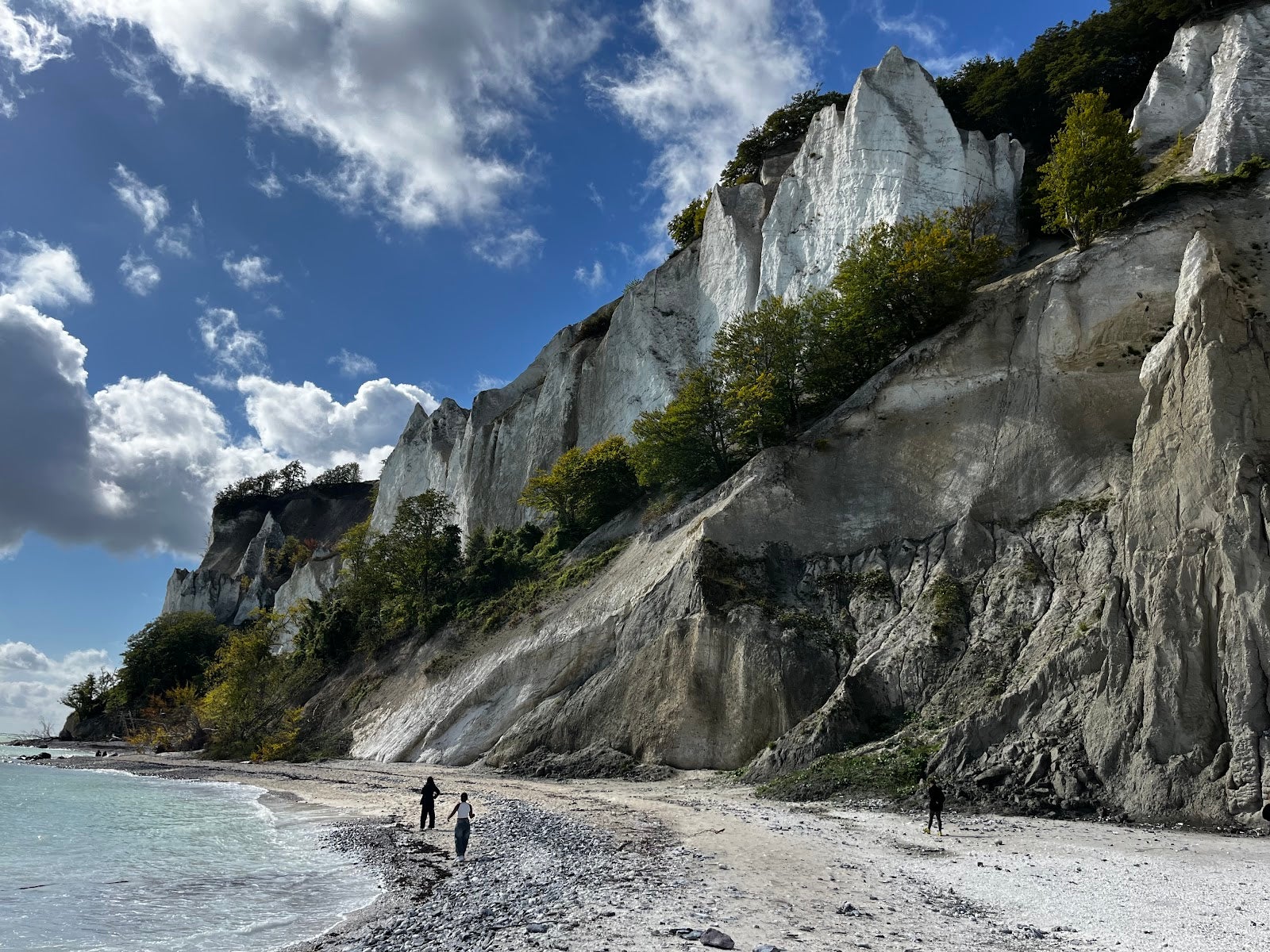
Regarding the benefits of Denmark’s welfare state, the psychiatric facility we visited left an impression on me. We received an administrative explanation of the specific institution’s function within the Danish health care system, went on a patient-led tour of the facility and were lucky to hear the personal stories of two patients’ mental and substance abuse issues.
One man, Daniel, mentioned how the facilities were completely free for him, since they are funded by public taxes. In addition, the post-treatment support community was also free. After his psychiatric stay, university education was entirely accessible, too, so Daniel could pursue his dreams of being an architect without worrying about financial strain.
As I reflect on the United States’ health care system, this type of “second chance” seems less likely due to the high financial strain similarly marginalized Americans often face. It was impactful to hear firsthand about Daniel’s opportunities in Denmark since I realized I had never evaluated specifically how institutions in the United States could improve outcomes for individuals struggling with chronic health issues.
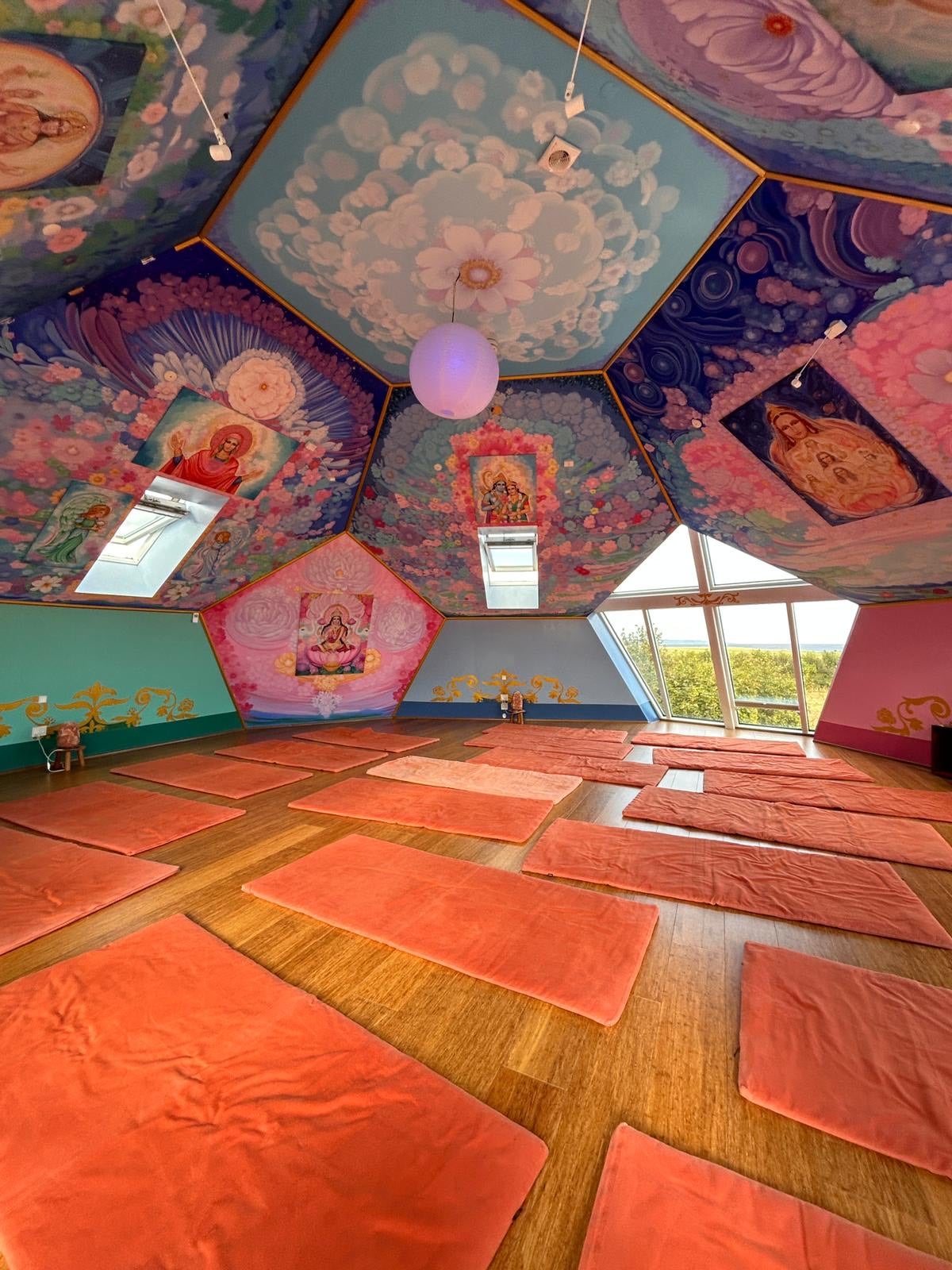
At last, we finished off our core course travels at the Anahata Yoga Retreat Center, where the experience and seaside view were relaxing and freeing. The two heads of the yoga center emphasized the value of mindfulness in preventative health, something I hope to take with me for the remainder of my undergraduate journey.
From befriending local Danes through spontaneous Amager beach volleyball to committing to a magical Tivoli season pass, I can’t even cover everything I want to talk about so far in my Copenhagen journey.
It’s surreal to think that it’s only been a month since I moved to Copenhagen on August 16, 2024, yet I can already tell this journey will shape how I see the world and myself.
This post was contributed by Isha Srinivasan, a Global Ambassador for Fall 2024. Isha is a first-year studying abroad in Copenhagen, Denmark.


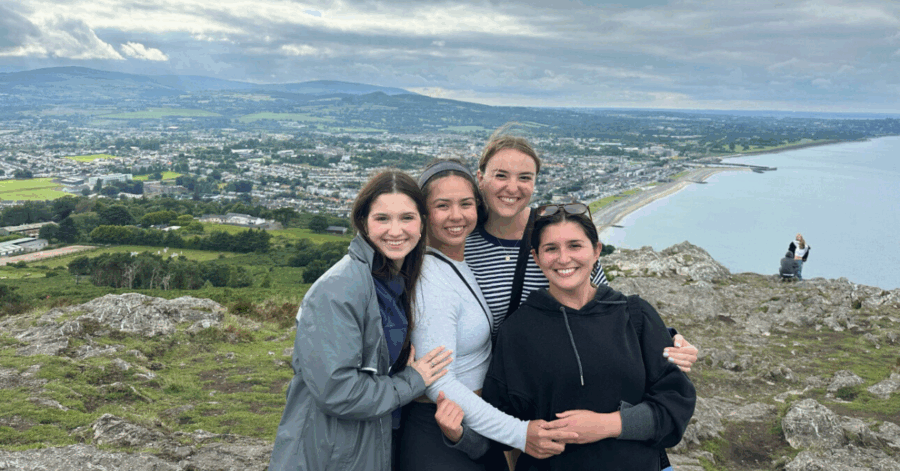

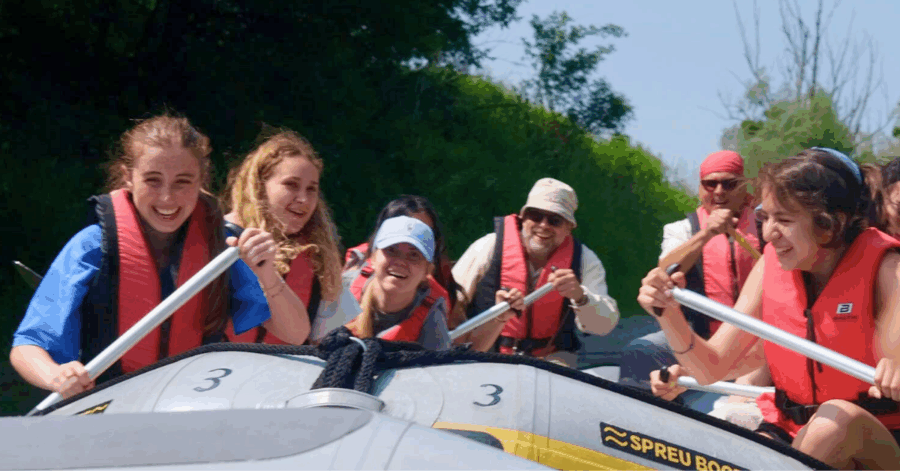
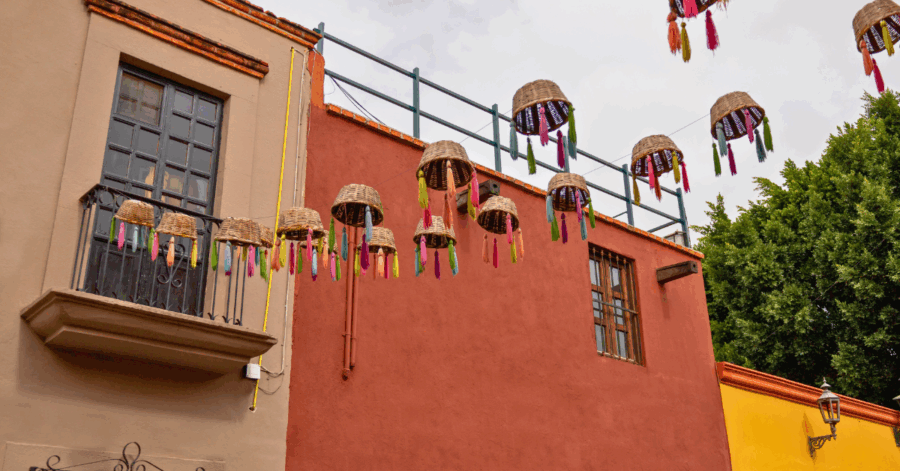
Good job Isha
Ratnakar Uncle.